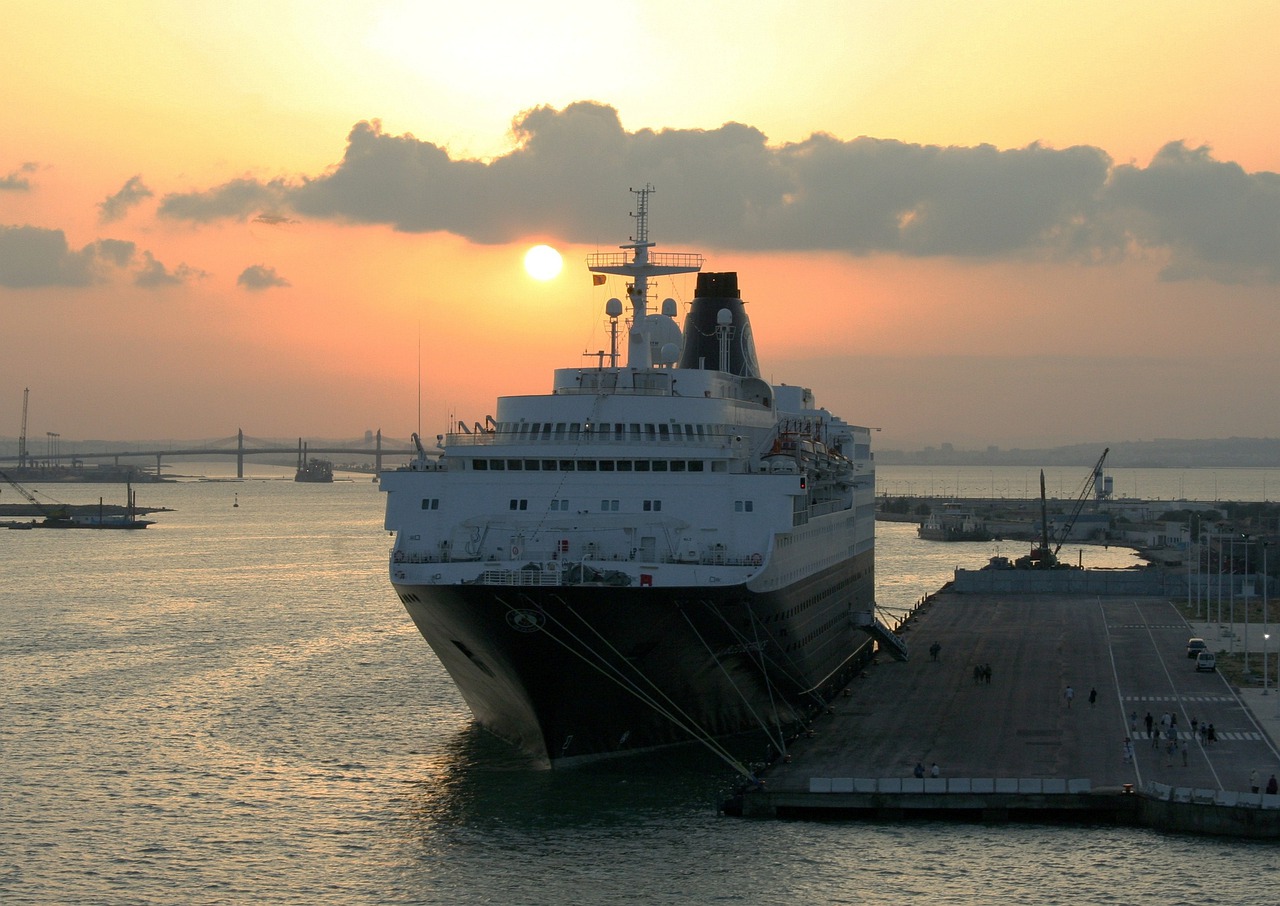Ferries to Tunisia from other areas/regions
614Km Genoa ➜ Tunis
866Km Marseille ➜ Tunis
913Km Palermo ➜ Tunis
358Km Salerno ➜ Tunis
571Km
Ferries from Tunisia to other areas/regions
614Km Tunis ➜ Genoa
866Km Tunis ➜ Marseille
903Km Tunis ➜ Palermo
358Km Tunis ➜ Salerno
571Km
Tunisia
Tunisia, the northernmost state in Africa, has 1,250 kilometers of coastline on the Mediterranean Sea. 40% of the Tunisian surface is occupied by the Sahara desert, while the remaining land surface is particularly fertile. The climate is Mediterranean of subtropical type on the coasts and tropical arid or desert in the hinterland.
The Republic of Tunisia is administratively divided into twenty-four governorates, and from a geographical point of view four regions can be identified: the Atlas range, the Medjerda valley, the largest river, the Chotts region, brackish lake basins, and the Tunisian Sahara.
The north coast is rocky, while the southeastern coast is sandy. The vegetation of the coastal strip is characterized by dwarf palms and mastic trees. There are many bays, inlets and gulfs. In the Gulf of Gabès there are the islands of Djerba (the largest North African island) and Kerkenna. The Gulf of Hamammet is also important, in which there are many citrus groves. The Capo Bon peninsula is the easternmost territory. The archipelago of the Kerkenna Islands consists of nine islands, but only Chergui and Gharbi are inhabited. The islands of Zembra and Zembretta, in the Gulf of Tunis, are a national park. The island of Chikly, which, in addition to being home to Fort Santiago, an ancient Roman citadel, is a nature reserve, is located in Lake of Tunis, the natural harbor of the main city. It is a lagoon located between the capital and the gulf in front.
The ancient city of Carthage is located near Tunis. The Tunis-Carthage connection was very important for the ancient Romans, who built a dam across the lake, currently used as a highway linking Tunis to the port of La Goulette, a town that forms the outpost of the capital.
In Tunis (Tūnis) there are both ancient Arab souks, mosques and modern-style office buildings. Other important cities are those of Sfax (Ṣafāqis), Sousse (Sūsah) and Gabès (Qābis) on the fertile coast and Kairouan (Al-Qayrawān) and El Kef (Al-Kāf) in the arid hinterland.
The vegetation is not abundant, becoming more and more sparse as you get closer to the steppe and desert. On the mountain massifs that cross the territory, there are cork and oak groves to the north, and then, from the center to the south, holm oaks, Aleppo pines and oaks, conifers and junipers.
Agriculture is characterized by the cultivation of cereals (corn, wheat, oats), olives, oil, fruit; Southern dates are very valuable, and almond trees are grown near Sfax. After those in existence in the cultivation of the oases of Gafsa, the traditional agricultural methods used in the lagoons of Ghar El Melh and with the hanging gardens of Djebba El Olia have also been included in the FAO Agricultural Heritage Systems of world importance. The fishing activity is very developed, and is mainly based on tuna and sardines.
Protected natural areas comprise nearly 8% of Tunisia, with 17 national parks, 41 Ramsar sites (wetlands of international importance) and various nature and wildlife reserves.
The sites included in the list of UNESCO World Heritage Sites are eight: Amphitheater of El Jem, Medina of Tunis, Archaeological Site of Carthage, Ichkeul National Park, Punic Town of Kerkouane and its Necropolis , Kairouan, Medina of Sousse and the Roman Ruins of Thugga (Dougga).
There are 575 kilometers of sandy beaches in total. The equipped beaches are located all along the bay of Tunis, near the wooded hills of Tabarka, in Mahdia, in Monastir, in Yasmine Hammamet, on the island of Djerba and in Sousse. There are many free sandy coasts, surrounded by nature, such as in Korbous, Cap Serrat, Sidi Jemour, El Hamra and many other wilder places.
Latest articles from the blog

How to reach Tunis by ferry
Ferries to Tunisia leave their moorings from various Italian ports or from Marseille (France). All information on routes to La Goletta are shown below.
